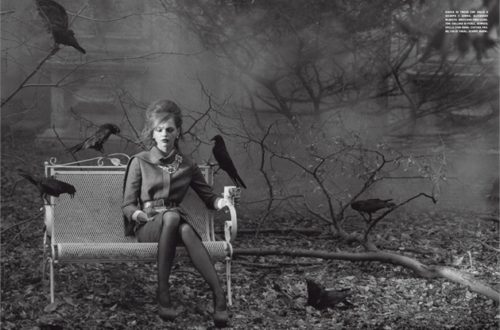The “Tweaking of Identities” could be roughly grouped into two categories. First and foremost, the internal modifications in regard to the brand, which are usually linked to changing creative designers therefore shifting how we perceive the label. The second dimension focuses on the external fashion-scape, where the actions of a designer/s collectively alter not just how we dress but how we think we should dress.
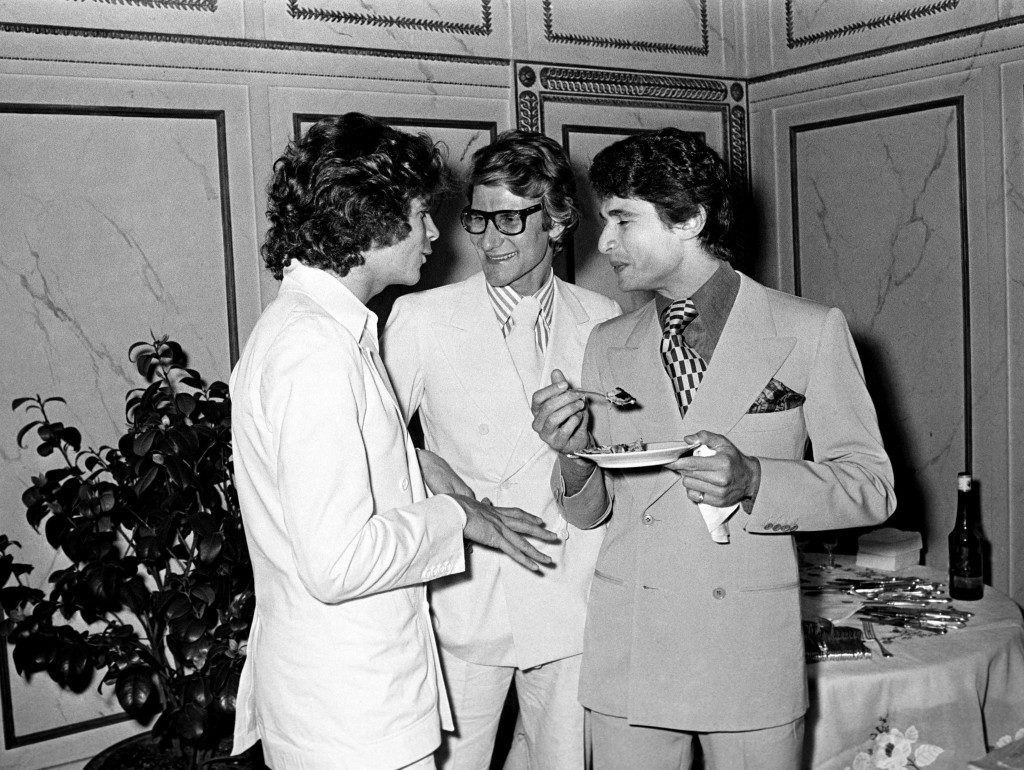
Yves Henri Donat Mathieu-Saint-Laurent, professionally known as Yves Saint-Laurent, was born on August 1st, 1936 in Oran, Algeria to French parents. In his early teen years, Saint-Laurent spent his time creating intricate paper dolls accompanied by the precise accessorizes, clothes, and hair carefully curated at his will. He constructed this imaginary fashion house, Yves Mathieu Saint Laurent haute couture, that was attended by world-class manufactures on makeup, textile, jewelry. At the age of 18, he moved to Paris and enrolled in the Chambre Syndicale de la Couture, where Christian Dior took him as an assistant in1953 following the recommendation of the editor-in-chief of French Vogue, Michel de Brunhoff. However, as things took a surprising turn, Yves was drafted into the French army in 1960 for the Algerian War of Independence. While having his position remaining valid and reserved according to work contract, when Saint-Laurent returned for the job, his post had disappeared. With the breach of contract, Saint-Laurent successfully sued Dior for £48,000. This not only allowed him the capacity but also the perfect timing to launch an independent fashion house, seeing his collections were pitched far too young for the average Dior customer base; Where Yves’s “Arc” and “Longline” collections had just received rather muted reactions from both the public and the press
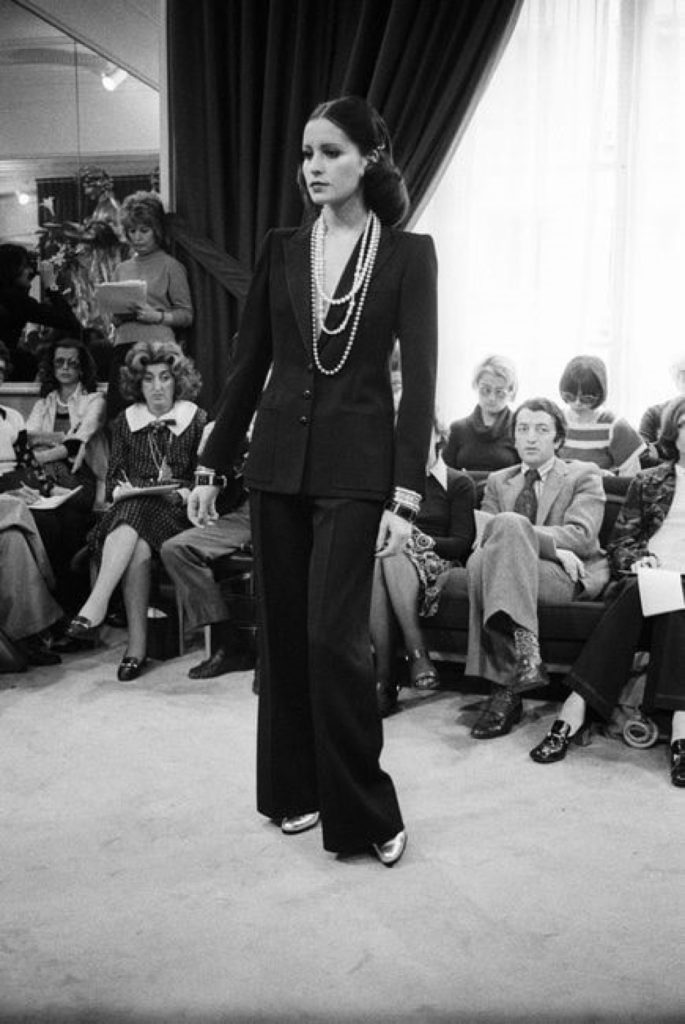
In 1961, Yves Saint-Laurent and Pierre Bergé, his partner/lover, founded the fashion house of Yves Saint Laurent. A brand that introduced and was introduced by the rebellion against institutional Paris, in particular its rebellion, which tackled aspects on wearability in couture and fluidity between men and women’s wear. Only hastily passing through Yves’s works, one recognises the adaptation of masculine wardrobes for women through staple piece “Le Smoking” debuted in 1966. Furthermore, his hauls from pop culture in ’65 with the Mondrian collection, in ’66 taking inspiration from Andy Warhol, then again in the 1980s from Pablo Picasso reflected his take on approachability in arts. This was realized through means of high fashion, in which he deemed as wearable art.
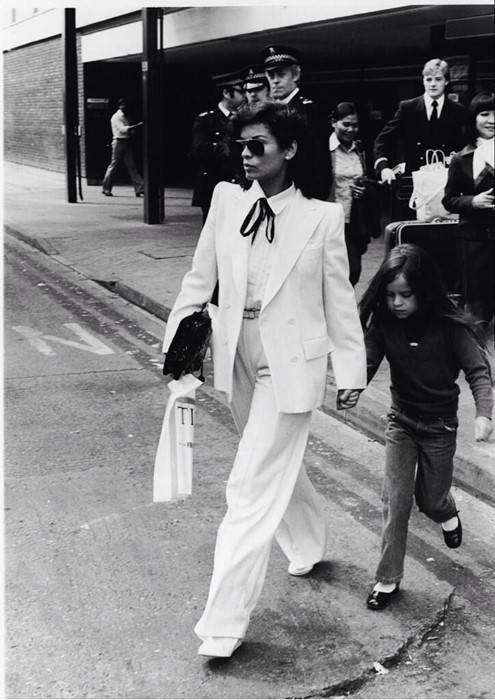

Sharp, clean, dramatic silhouettes of YSL run as deep in the brand’s DNA as they have left marks in the history of fashion. A designer that arguably blueprinted every image of how we dress today declared his official retirement in the year 2002, along with the couture line of YSL leaving only the ready-to-wear, as he battled with health and drug issues. Between 1999-2004, after Gucci bought YSL in 1999, Tom Ford was appointed to design the ready-to-wear line as Yves was focusing on the couture side. As Ford left to establish his namesake label in 2004, Stefano Pilati, former designer at Miu Miu took over his job. Nevertheless, the most dramatic replacement yet has been the transition from Pilati to Hedi Slimane in 2012.
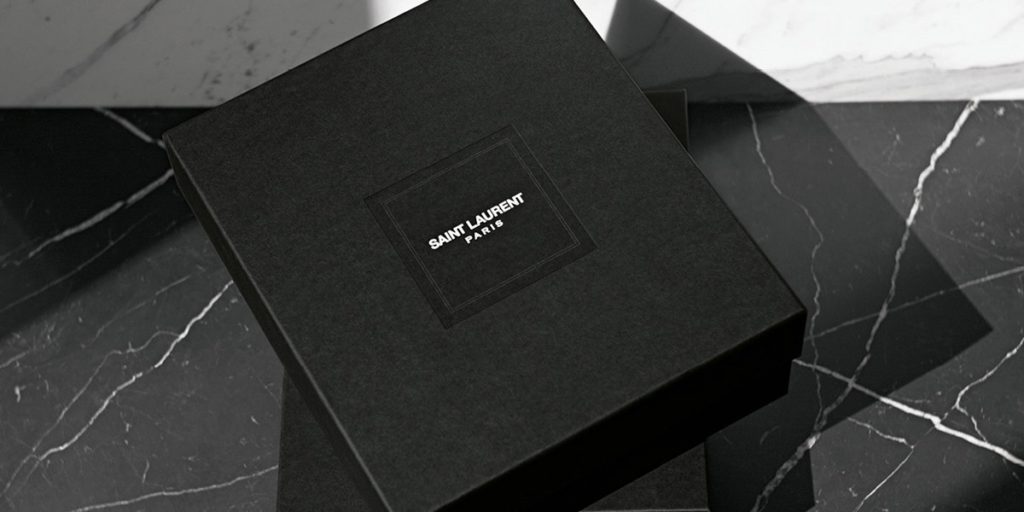
Splashed across headings on the 21 of June 2012, Hedi Slimane confirmed the dropping of “Yves” while adding “Paris” thus rebranding “Yves Saint Laurent” to “Saint Laurent Paris”. A wave of backlash immediately surfaced from high fashion “purists” along with articles stating as if “[It was] like someone painting bad paintings and signing them Picasso”. Colette, a French streetwear/high fashion retailer, released a parody t-shirt that read “Ain’t Laurent Without Yves”. This led to Slimane ending business relations with Colette. First by calling off the shop’s order, totalling around $286,000, then removing Sarah Andelman, founder and creative director of Colette, from the invitation list at the Saint Laurent show.
This tweak on the brand heritage shattered many loyal collectors emotionally. Nonetheless, Hedi Slimane’s execution was in many ways a fitting succession to the brand history, especially to Yves himself. Yves Saint Laurent was the first designer to launch a successful ready-to-wear line named Yves Saint Laurent Rive Gauche, in which he focused on creating accessible pieces that remained until today as “wardrobe essentials”. In Hedi’s Saint Laurent, attraction to youth and the romanticized interpretation on youth culture through wearable separates ultimately became the focus of the brand. Sales were up 20%+ each year, where Slimane more than doubled the house’s sales in merely 3 years. He strategically distanced himself from the unsurpassable figure of the founder while paying enough respect to the archives. Through altering the house’s heritage, Hedi somehow managed to stay true to the rebellious roots and landscape-transforming nature of YSL, which paved to the brand’s existence in the first place.
Equally surprising yet predictable, the cycle of replacement did not renew Slimane’s contract. On the 1st of April 2016, Anthony Vaccarello was appointed to be replacing Hedi Slimane at Saint Laurent in which he remained until the present day.
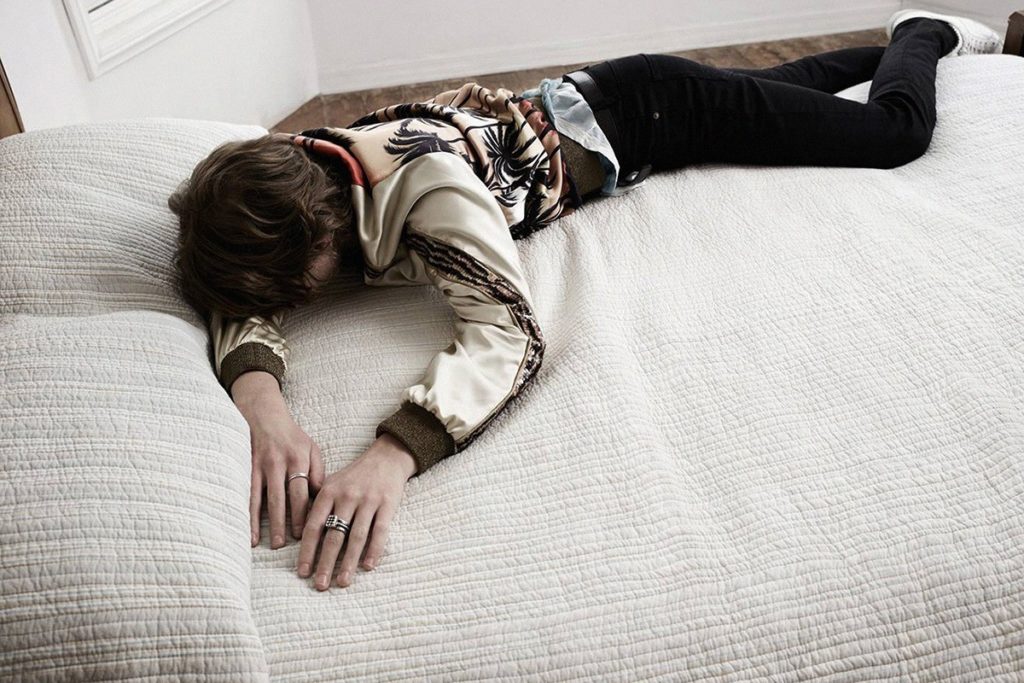
At this point, the question has to be asked. Is tweaking brand identities an unconscious cycle caused by the accelerating creative demand in the fashion industry? If yes, to what extent should change be implemented given that brand “revolutions” are proven to be costly, unpredictable, and has little guarantee on profits. While on the other spectrum, when the weight of the house/predecessors essentially stagnates design, is it really worthy to switch creative directors given the expenses and adaptation periods? If no, to what extent are brands willingly reconstructing their images and how much do other external factors come into play? Yves Saint Laurent’s transformation most definitely satisfied the first category of “tweaking identities” with the dropping of “Yves,” whereas the fulfilment of the second one hangs debatable. Hedi Slimane’s singular, constant, and extremely precise vision throughout his career is really a case on its own and should be discussed separately in the near future.
The problems of peddling a luxury cycle at this rate within an environment that feeds on change is that, it becomes almost impossible to predict the results. There remains little to no guidance, nor are there any patterns to be followed on how to execute transformations successfully. Therefore, whether or not it was the right direction is to be discovered after the action has been taken. The dimensions that come with this topic is why it should be studied through several brands; The list for the moment being Saint Laurent, Céline, and Dior.
by Ashley Kao





